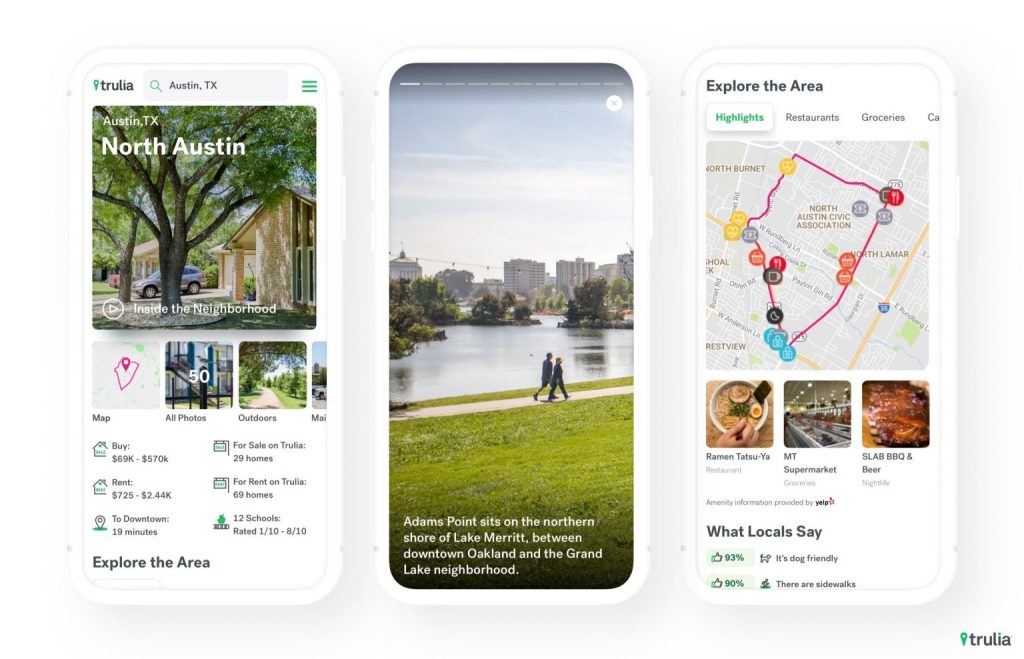In our previous article, we have talked about the benefits of investing in mortgage digitization and why it is totally worth the effort. This time, we will look at the must-have features of mortgage apps: the ones that you absolutely can’t do without if you’re willing to tap into mortgage application development. So which features are currently considered an industry standard for modern mortgage apps? Below, we will discuss the basic functionality of the modern software for mortgage loan management. Read on to learn more!
Basic Features for a Mortgage App
Every app is different and is built to offer users a unique experience. Some features, however, are must-haves for all types of mortgage software solutions. Let’s now take a closer look at the core functionality of mortgage apps.
Registration
Registration should be as fast and easy as possible, yet, it is essential to strike a reasonable balance between security and ease of use. Allow users to choose between three registration types: social media sign-in, traditional sign-in via password and email, and a phone number registration.
Personal Profiles
A user profile is a mandatory feature for mortgage apps. Photos, names, and some personal details should be enough for initial registration. Later, as users fill out loan application forms, they will be asked to provide more personal information, so you will still have all the details you need for credibility assessment.
Loan Application Form
A loan application form is an essential tool for the loan origination process. For more convenience, divide it into several logical stages, and guide users through completion. Provide information about the users’ progress, so that they know how far they have moved towards their goal.
Mortgage Calculator
Another must-have feature for a loan processing app is a mortgage calculator. This tool provides users with the basic assessment of their credibility based on the income and employment data they provide. Most importantly, these tools help to filter out unsuitable candidates by detecting them at the very start of a loan origination process.
Integration with open banking operations
Open banking provides mortgage apps with access to data related to users’ income, spendings, taxes, and loans. In a nutshell, it enables mortgage software to assign loans and evaluate users’ eligibility for a mortgage, based on the most accurate real-time data about their financial state.

KYC identity verification
KYC stands for “Know Your Customer”, a tried and true marketing catchphrase. To make an informed mortgage decision, you must truly know who you’re dealing with, which places special importance on identity verification. Some lenders go as far as implementing face and voice recognition and biometric technology to check users’ identities.
Payment tracking feature
Once a loan is initiated, borrowers should be able to see how many payments they have already submitted, and how much money they have already paid back to their lenders. A payment log will enable them to get a clear view of where they stand in terms of the remaining debt.
Integration with payment gateways
A payment gateway is a critically important part of a mortgage app. Users should be able to send payments directly from an app interface. Needless to say, the more payment options you offer them, the better. Include Paypal, credit card transfer, and ATM payment into the list of options.
Push notifications
A mortgage app should send users automated updates each time another payment is due, in case they miss a payment, or about any changes that may affect the payment process. Informing users about the upcoming payment several days in advance will make your app more user-friendly.
Online support center
Your users will likely have questions and experience difficulties at any stage of a loan process. They may want to talk to a lender representative or a member of a support team, in case their issue is purely technical. Also, consider building a chatbot for answering the most frequent users’ questions.
Credit Score
Allowing users to view their credit ratings, and understand their loan eligibility is also a great idea. You may also offer them advice on improving their credit scores, managing their loans and savings.
Surely, we’ve just covered only the basic feature set. To build an app that will truly stand out, you will have to come up with unique functionality that will address the pain of your target user group.
Final Thoughts
Defining the ultimate feature set for your app will involve a lot of work. Researching the market and your potential competitors, creating a product specification, deciding on a tech stack, and building an MVP may take several months and require a concentrated effort from both technical and non-technical specialists and stakeholders of your future mortgage management app.
A lot will depend on the software development company that you partner with to bring your solution to life. At VARTEQ, we have expertise and experience in developing software applications for a wide range of industries, including fintech. If you need assistance in getting your mortgage app development project off the ground, consider us your trusted partner.
Have questions on the specifics of building solutions for mortgage management? Contact us now for a free consultation!

